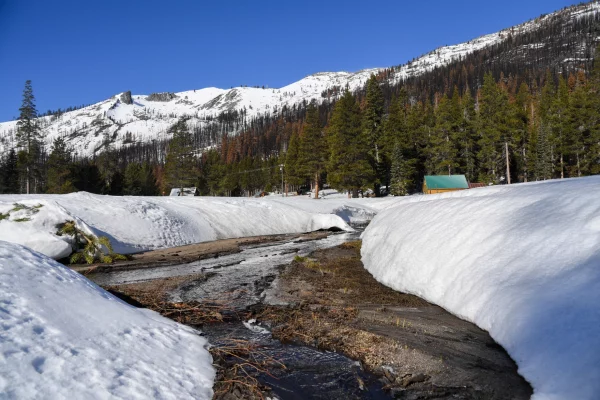Uniform temperature throughout.
Isothermal simply means a uniform temperature throughout a system. Most snowpacks are not isothermal because they exhibit a range of temperatures within a vertical profile. Isothermal conditions are most common at 0°C, when water can exist in its gas, liquid, and solid forms. In other words, isothermal snowpacks at 0°C can be completely frozen, incredibly wet, or somewhere inbetween. Unfortunately, the term is commonly mis-applied to only describe wet, weak and unsupportable snowpacks. In reality, the loss of strength of snow has less to do with temperature and more to do with higher water contents.

